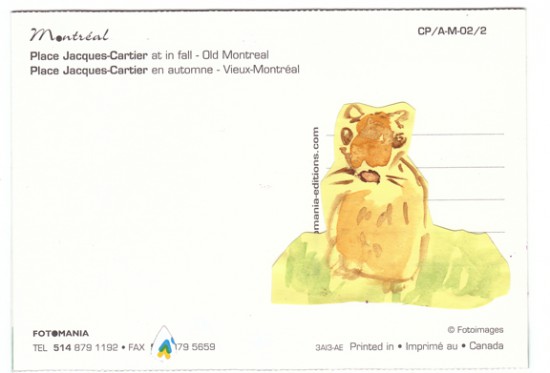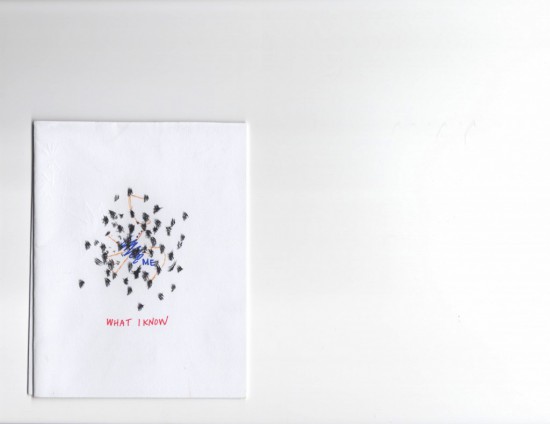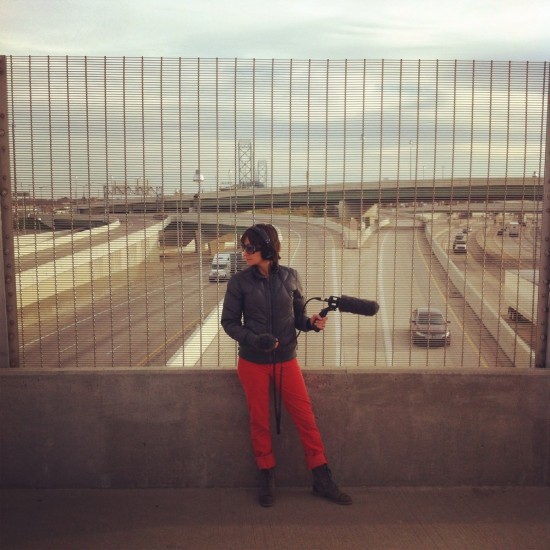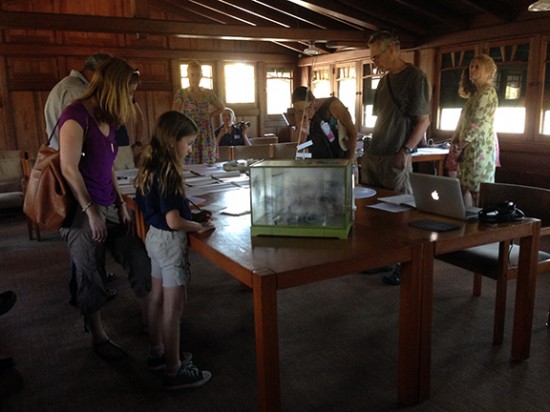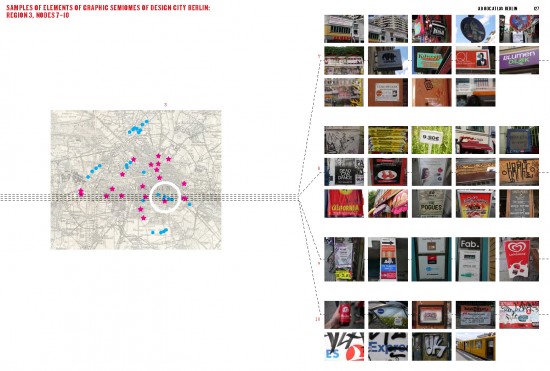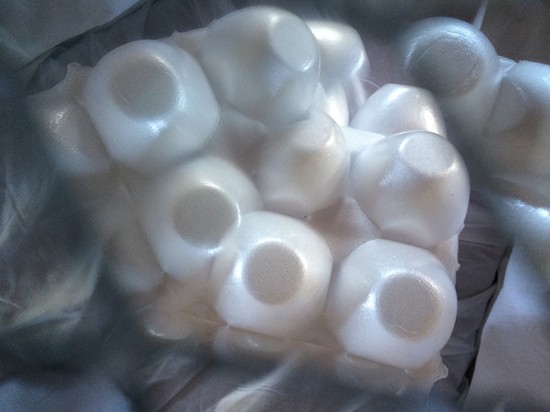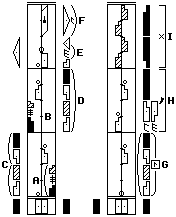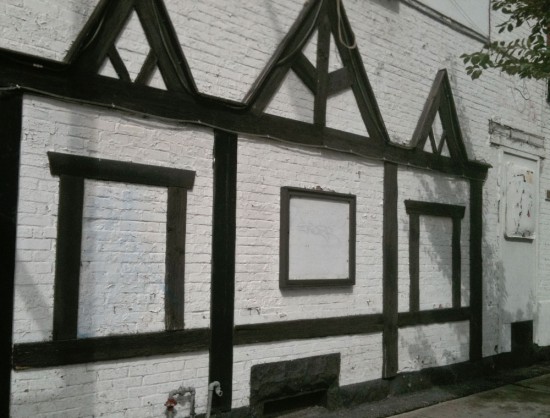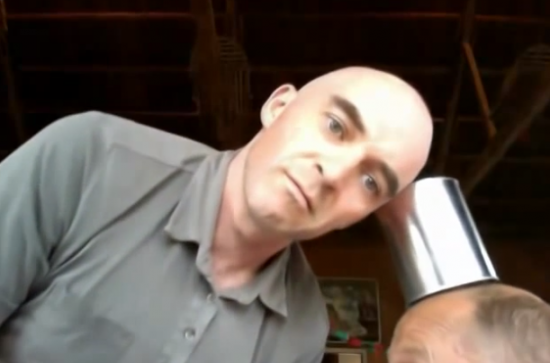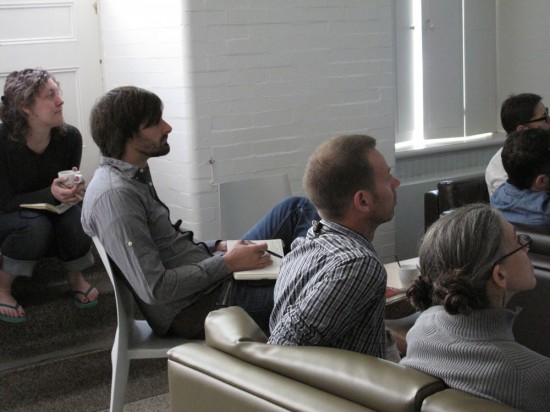THE AMPERSAND AS A PLACE, Melle Hammer (2002)
I know I worry over problems that are so simple they might not be considered problems at all, but perhaps you will agree with me that every assignment carries another, personal objective. This is a private matter, and the words to describe it are often hard to find, but there is no law against us trying.
Without clear objectives, design makes no sense. Equipped with the proper tools, some knowledge of history and its conventions, and a healthy curiosity for the changes in typographic and social conditions, it is possible to produce appropriate typography. This doesn’t guarantee good design, and ‘good enough’ is no good at all (unless you have decided to make an impressive blunder).
What I have in mind now is not a simple enumeration of private projects, nor a tea-party, but a cross-roads or a market-place of different insights, interests and questions. By bundling the energy of ‘eager colleagues’, an agreement arises. The foundations for a structure are exposed at which it is possible to question, coach and teach the design of words and images; to build a dynamic social environment in which (real) practical assignments offer the opportunity to focus on all aspects of the design process. Including all those side roads, ‘false’ trails and dead ends, which are apparently necessary to get to where you have to be. Because here every part of a piece of work can be directly discussed out loud and tested for effectiveness, this building site might generate the right level of tension for other questions and new answers.
This ‘place’ does not want to take over anyone’s individual responsibility of a study, but to offer a shelter with a view: a clearly-organized site where anything can happen. To be used. A place without status. Not concerned with commanding respect or satisfying any audience. Because the (real) assignments are supposed to serve the study and not (perhaps in the end, but this is not our goal) the other way around. –We have a license to get lost. By loosening the grip of The Curriculum, individual projects generate the program for the totality. The work of one person becomes the environment for another. Guests, lectures, workshops and symposia might be directed towards a specific project, but will always be open to all, in the belief that what is a learning experience for one person can be entertaining or inspiring for another.
The collectively-generated program and the sharing of results eventually form the quality of this ‘academy’. The most this place has to offer is not facilities, but exchange. In doing so, such an institution will no longer be The Inventor, but The Caretaker, looking after the areas where the research projects can take place, enabling a systematic approach to acquire some knowledge of method rather than work by intuition or accident. And, because madness is a rule in groups, The Organization’s responsibility is to accommodate change and evolving needs, to formulate and defend the conditions by which this ‘fluid state of affairs’ can continue to exist, to tend to the garden, organizing it in such a way that everyone can cross.

